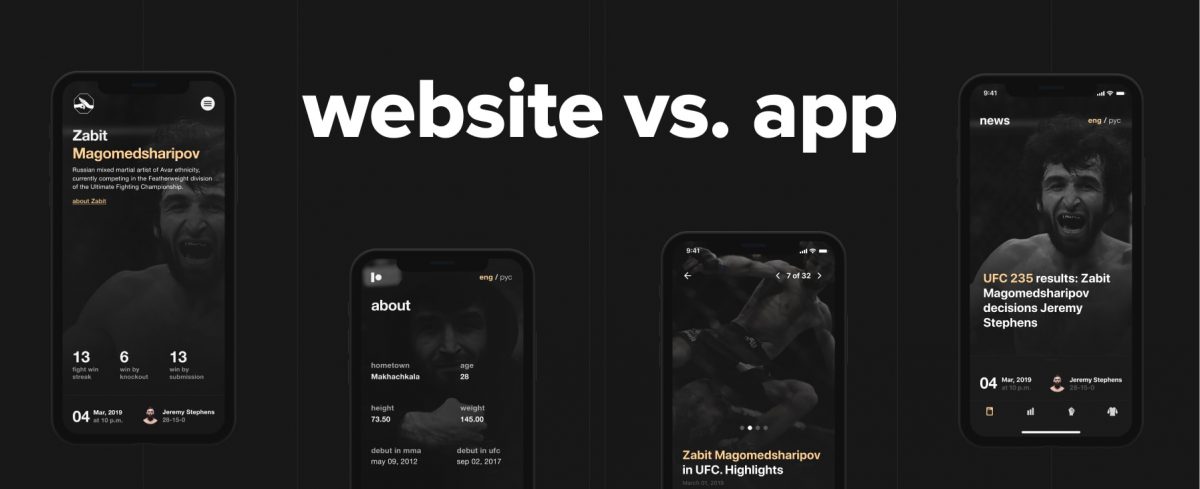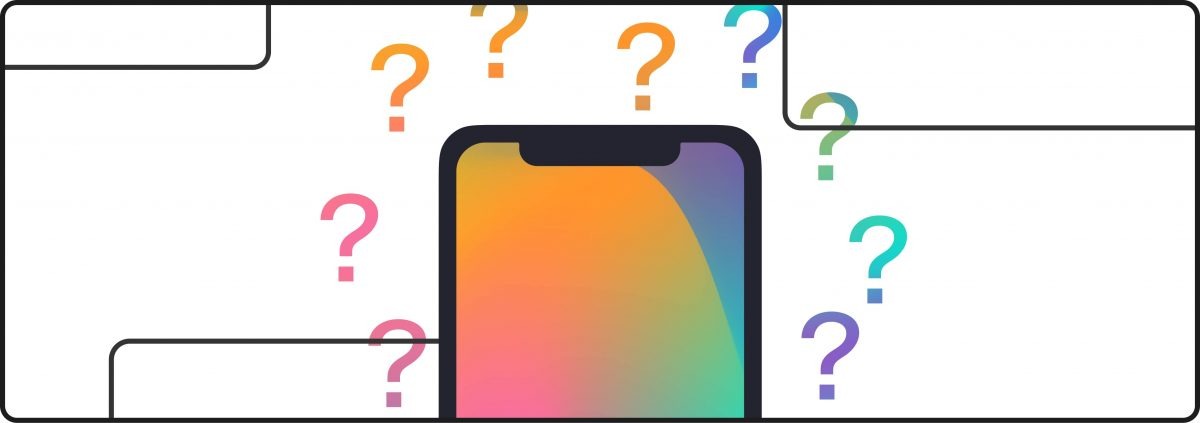According to the Pearson Student Mobile Device Survey, 78% of elementary school students claim that they “regularly” use a tablet. With the younger students, tablets seem to be the device of choice but the favor shifts as you go upgrade levels. With decreased tablet use comes increased smartphone use at 82% of high school students using one on the regular.
The Pearson Study also found that 64% of college students use their mobile device for schoolwork, only 20% shy of the most common device used for schoolwork, a laptop.
The study makes it evident that mobile is becoming increasingly prominent in the scholastic sphere, not only in the upper levels of education but in the lower ones as well. Education tools are now being developed across almost all portable platforms making it a perfect opportunity to jump in the market as it’s still young.
Below are tips for educators who have a vision and are looking for ways to supplement it.
Tips for Educators on Creating a Successful App
A successful education app will encompass both “in school” and “out of school,” or online functions.
In School:
“In school” pertains to functions that correspond to elements of teaching that are strict to the administrative part of education.
The app should offer educators the ability too:
Track Attendance
In the past, educators have kept track of attendance on sheets of paper that they later stick into a folder and refer back to during grading time.
The issues with this form of keeping records are human error. Attendance sheets can easily be lost or misplaced. If this is indeed the case, proper grading is no longer possible. The student that had perfect attendance might as well of been out all semester.
A sheet of paper is also not password protected. Attendance records can fall into the wrong hands. With just a bit of editing skill, it’ll be unlikely for a teacher to notice that their records have been tampered with.
With an app, the attendance records would be safely stored in servers, password protected, unable to be meddled with by those with malicious intentions.
Book Classes
The app could give students the ability to pick and choose their classes for the semester. It would display information such as the name of the course, the level, who the professor teaching the class is, the requirements for placement, a short description of the course material, and how many seats are available. The functionality doesn’t have to be limited to semester-long courses, it should also feature specialized classes with shorter time frames.
Book Lab / Study Rooms
An educator may want to hold a specific class in a particular room. They may want to dedicate a class period for the intent of helping students study for a final. Or labs may be in high demand making it difficult to book a time necessary to complete certain course assignments.

An app could streamline the process of booking various facilities not limited to study spaces or laboratories. Booking could be performed directly on the application itself. An educator or a student/student group can book facilities that are in their authority to do so. This functionality could perform similarly to the way WeWork, a popular co-working space present throughout multiple metropolitan cities in the U.S, functions. Members of WeWork’s network can book a conference room for an allotted time which they must apply credits toward.
Office Hour Sign Up
All the grading and planning that educators have to do on a daily basis limits the time they have to personally meet with students. Many students might need extra assistance outside of the classroom or are unsure about if they’re going about an assignment correctly and would like verification.
Most teachers have office hours already but as it is often the case, students may have to wait in a queue till others that are ahead of them settle their matters with the educator. This is frustrating for the students and inefficient for the educator.
An app that allows students to reserve office time with the educator similarly to the way a student may book facility use, is the solution to inefficient queues. The popularity of mobile ordering to pick up at businesses such as Starbucks make it evident that society is heading toward a future that doesn’t tolerate waiting times.
Online:
“Online” pertains to functions that are not restricted to a place. The purpose of these features lies outside of the classroom.
Courses / Study Material
Students should have round the clock access to course materials. In the past this was impossible. Fortunately now, technology has made this possible. Educators should be able to share files with their students by simply uploading it to a particular platform.
Students will see the uploaded files on the course’s page and be able to download them.
Communicate with Classmates / Teachers / Parents
With the advent of email, classmate / teacher / parent communication may seem like something unnecessary to dump resources in but the reality is, email can get messy. Multiple email threads can make it difficult to revisit a topic brought up in the past. Accidental deletion, automatic filtering to spam, are just two of many problems associated with the age-old internet postal service (the first email was sent in 1971) system that is email. It may very well cause an involved party to actually go postal.
Developing a message system, something along the lines of the extremely successful messaging platform, Slack, but more tailored to scholastic education, is something that classmates, teachers, and parents alike would certainly praise you for.
Receive and Submit Assignments
Perhaps the class is a hybrid class and has an online component that requires students to submit the assignment online. Or a student may be out a long time but would still like the ability to submit and receive feedback for assignments. This functionality already exists but options are limited when it comes to affordable management systems. If you’re a private educator, these options may not be feasible. Build something more affordable (we can help you) and they will come.
Track Grades
Students are impatient and eager to see their results. The longer results take to view, the more anxious students get. The faster students obtain these results, the more time they have for improvement and questioning before the next exam.
With an app, students could see results as soon as the teacher grades the assignment/test regardless of the time or day.
Conclusion
Presented in this article are only examples of the components you can include in an educational app. We hope to either create a spark that ignites into a full-fledged idea or simply supplement your existing one.
The market is ready and education can certainly use an update.




